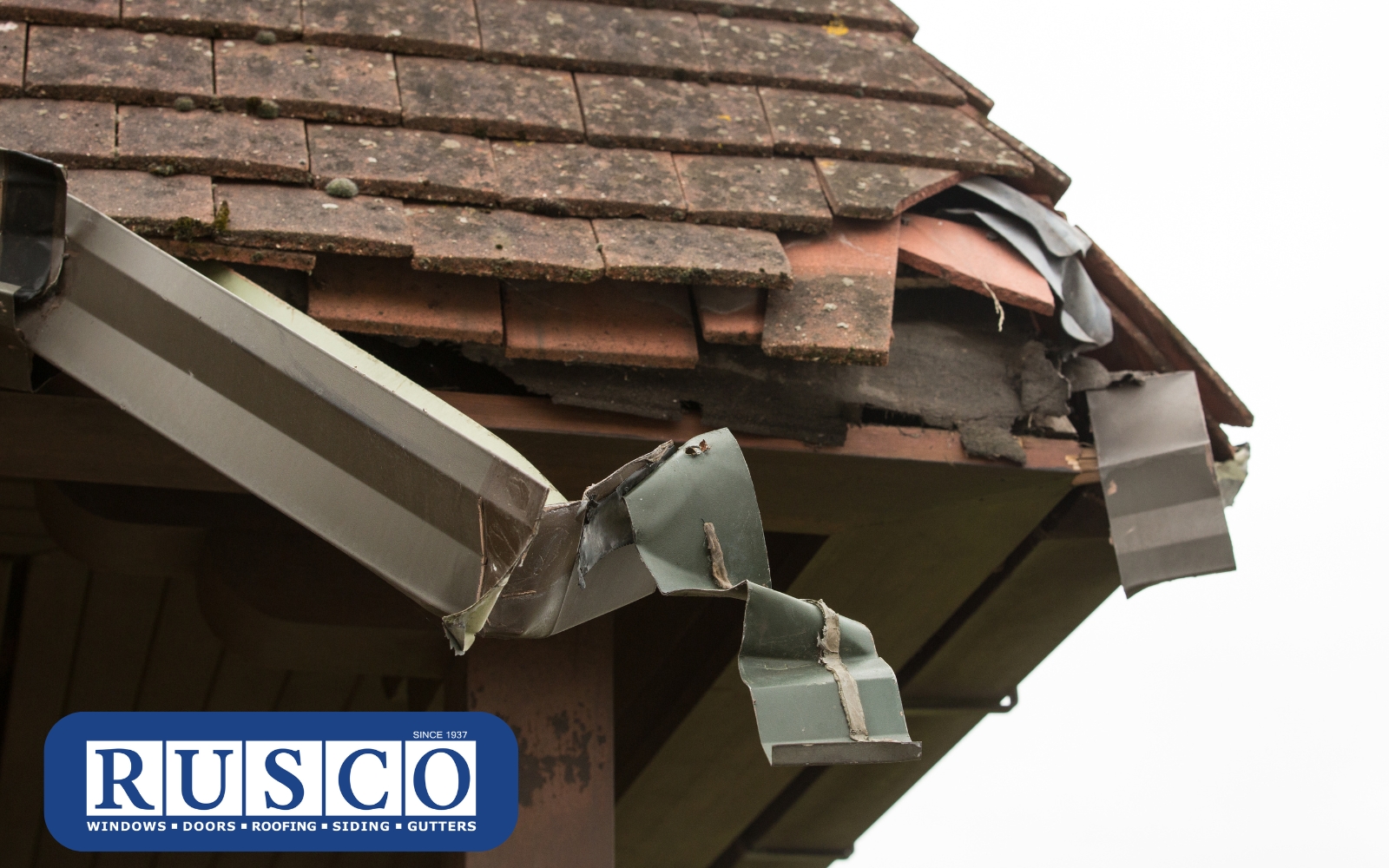In 2023, according to the National Centers for Environmental Information, weather-related damage cost United States homeowners more than $92 billion in property losses. And if you think your home’s exterior is built to withstand everything, Mother Nature may have other plans. From siding to shingles, storms can be more destructive than they seem.
The twist is that sometimes storm damage isn’t obvious. While a branch through the roof is hard to miss, subtle cracks, warping, and water intrusion can quietly sabotage your home’s structure, energy efficiency, and value.
Here’s a breakdown on how storm damage chips away at your home and how to spot it before it becomes a significant, expensive headache.
What Does Storm Damage Do to Siding and Trim?
Siding isn’t just for show; it’s your home’s armor. However, dents from hail, loosened panels from high winds, or splintered trim from flying debris are common after a storm. These seemingly minor issues can lead to more significant problems, like moisture infiltration or pest invasions.
Don’t count on storm damage being symmetrical. One side of your house may look perfect while the other quietly crumbles.
Hidden Water Damage: The Long-Term Risk to Your Home’s Structure
Water is like an uninvited guest—quiet at first, but destructive and annoying over time. Once moisture sneaks behind siding or under rooflines, it can rot wood, weaken insulation, and promote mold. The worst part is that you may not know it’s there until the drywall bubbles or a musty smell permeates your living space.
Prevention and early detection are your best defense.
Why You Shouldn’t Ignore Minor Roof or Window Damage
It’s easy to shrug off a small missing shingle or a cracked windowpane, but you shouldn’t. Minor damage creates openings for water, wind, and wildlife. Plus, weakened seals around the windows or flashing can drastically lower energy efficiency. Every minuscule breach is an invitation for more significant problems, so fix now or regret it later.
How to Spot and Document Exterior Storm Damage for Insurance
After a storm, do a slow walk-around of your home. Look for lifted shingles, dented gutters, cracked siding, or water stains. Take pictures, even if you’re unsure if something counts as damage. Then call your insurer and a reputable contractor. Prompt documentation strengthens your claim and helps avoid delays.
Don’t wait for the next storm to make damage worse. Call Rusco for professional help protecting and repairing your home’s exterior.

